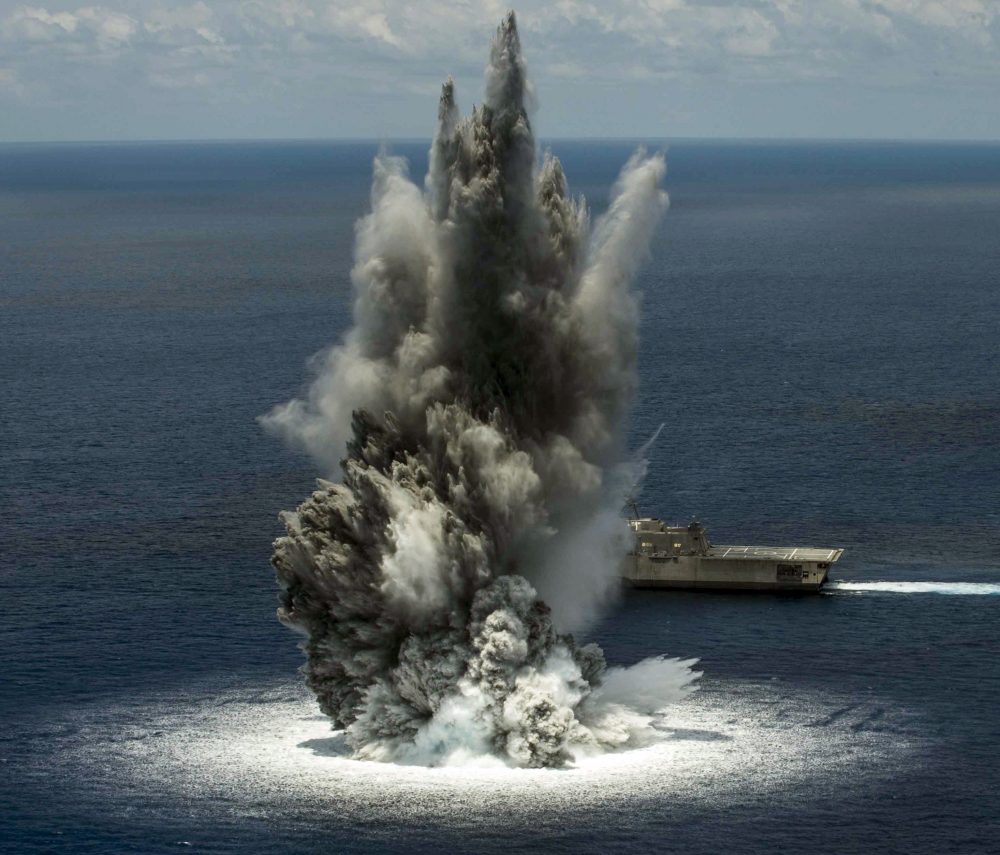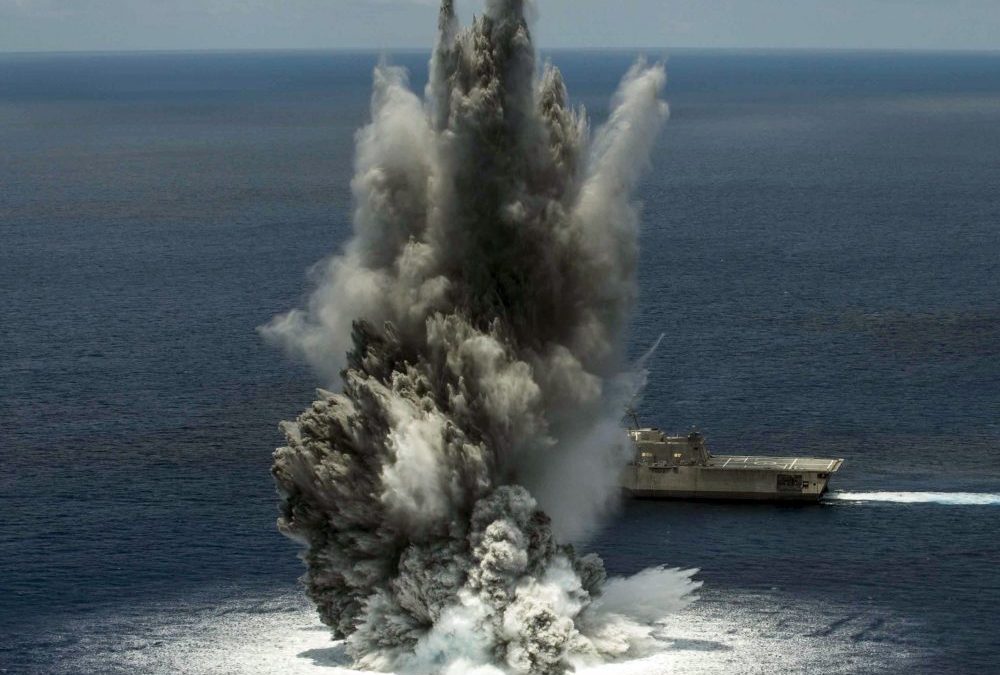Maritime system is in the spotlight. Growing tensions and global threats mean that the maritime zone is on everyone’s lips. This makes it necessary to increase the preparation and capabilities of maritime services, an objective that can only be achieved through greater investment in advanced systems and platforms able to address a wide range of operations.
That makes the weapons and systems’ modernization an indispensable requirement in order to improve its reliability and survival capacity, as well as to obtain a competitive advantage over the rest. To achieve this, military standards are the key.
In this case, MIL-S-901D is the ideal standard. Its objective is measuring the crash test and the maritime systems’ certification, including computer systems and critical electronic equipment – something that it has been doing for more than 30 years. It describes the environment which must be operated and the minimum requirements and functionalities a system with these characteristics must have. All of that, which had been specified, used to have some flexibility, that gave rise to manufacturers experimenting, even questioning the standard’s objective, something that has helped it to be updated.
The new version, the MIL-DTL-901, is still not very well known, but there are already several manufacturers implementing it successfully, being Crystal Group a clear example. This standard’s version is invaluable to guarantee the systems’ survival under normal conditions of operation, as well as in combat or in really adverse conditions. This is possible because the new standard goes much further and performs more rigorous tests, for example, the addition of detailed production and test procedures, extensive diagrams, tables of contents with links and provisions for ground tests.
If you want to know more about this new quality standard for the maritime sector click on this link.


